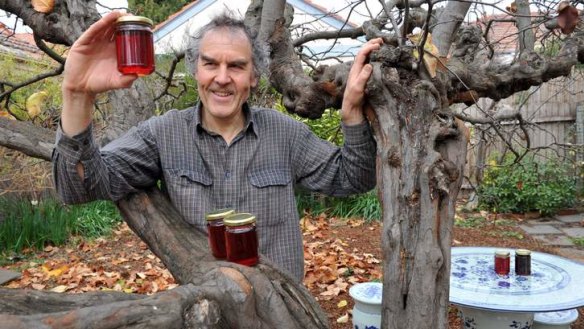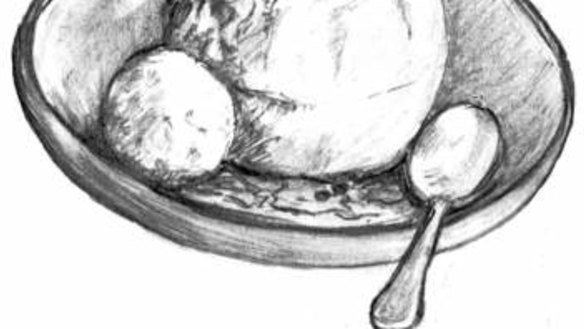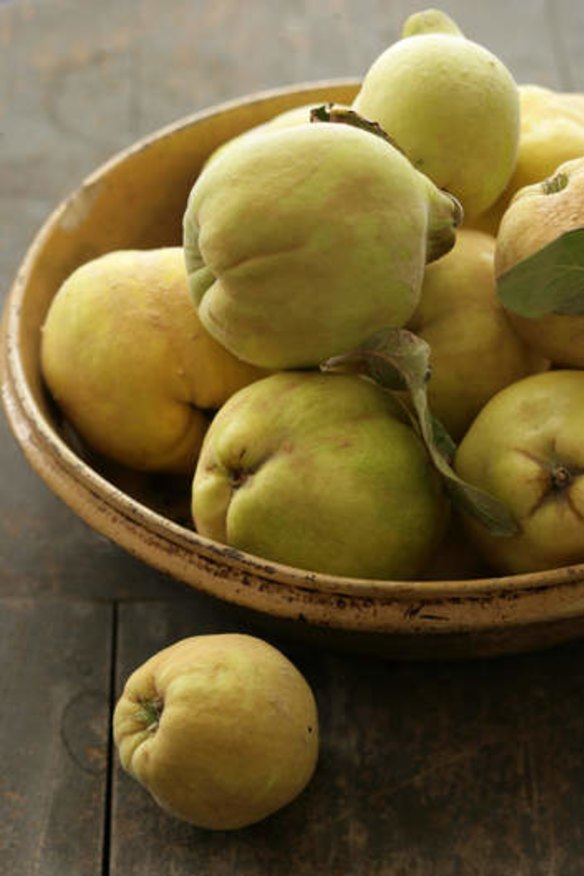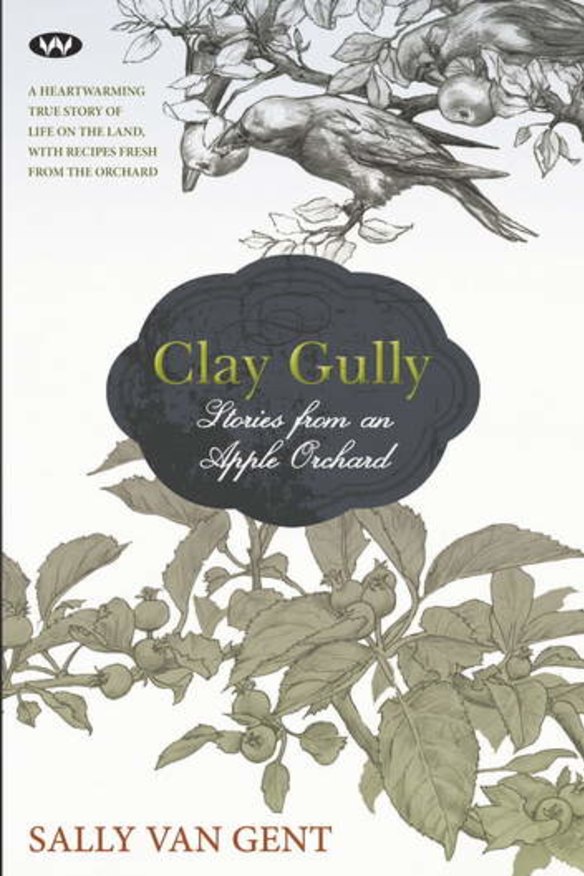Quince stirs memories

On July 10, we asked whether readers had a quince tree to compare with Rupert Summerson's large, gnarled treasure in Barton.
One response came from Marilyn Folger, who descends of the family that lived in Crinigan's Hut, a three-roomed stone cottage in Amaroo from 1842 to 1863. The family planted an orchard on the heritage-listed site near Ginninderra Creek, and pear trees still grow there.
Folger has gathered quinces from trees near an old home site at Tidbinbilla - fruit that grew high up where emus couldn't reach. But the trees have not had a crop for the past few years, so now she buys from Kerrison's Orchard at Pialligo.

Folger says local historian Lyall Gillespie used to say that ''sleepy'' quinces were the best, meaning they had been hit by the frost.
We received an email from the United States, where Chris Head of Nashville, Tennessee, said his wife Carolyn Head was born and grew up in the Barton house now owned by Summerson and his wife Janet Hughes. Carolyn Head was the third daughter of Jack and Carrie Bates and, when she was born in the early 1950s the quince tree was only two years old. Chris and Carolyn Head lived in the house for some months in 1982, the year they were married.
In Chris Head's message to Rupert Summerson he says, "Congrats on scoring the best fruit in all of Canberra and thank you for appreciating it. Pay a small fortune for some trees and you get a cute little house in Barton tossed in to the bargain for free. Not a bad deal, eh?"

Carolyn Head says her three boys and their cousins loved climbing the quince tree. Her mother preserved the fruit and the family ate them year round.
Story of a fruit orchard
In a story that could come from Gundaroo, Sutton or Murrumbateman, Sally van Gent in Clay Gully tells how in 1984 she and her husband, Nick, established an organic orchard in four hectares of box and ironbark forest near Bendigo in Victoria.

Van Gent was born in England and planted apples that reminded her of her childhood - among 24 varieties, she planted bramley's, Tydeman's early worcester, and autumn pearmain. Apricots, pears, greengage plums, two olive trees, pistachios and quinces were planted in front of the house.
The work was back-breaking, and made tougher by drought and summer heat that cooked the fruit on the trees. The story will make Canberra's gardeners admire their own fruit trees and rejoice the our local orchards.
Van Gent's book includes recipes - including one for quince paste and another for Dutch honey and apple cakes, reflecting her husband's Dutch heritage, as well as charming black and white drawings by the author.
She shares two recipes with readers of Food and Wine.
>> Recipes and illustration from Clay Valley: Stories from an Apple Orchard, by Sally van Gent (Wakefield Press. $24.95).
>> Susan Parsons is a Canberra writer.
Orange pistachio biscuits
These are thin, crisp biscuits with a delicate balance between the orange, pistachio and cardamom flavours.
160g unsalted pistachios
1 heaped tbsp self-raising flour
¾ cup caster sugar
1 egg, lightly beaten
3 heaped tsp grated orange rind
1 level tsp ground cardamom
Pre-heat the oven to 160C (150C fan-forced). Line a baking tray with non-stick paper. Roughly chop 30 grams of the pistachios and set aside. Coarsely grind the remaining 130 grams in a food processor. Put in a bowl with the flour, sugar and other ingredients and stir well. Place teaspoons of the mixture on the tray, four centimetres apart. Stud with the pistachio pieces and bake for about 10 minutes. Allow to cool before lifting on to a wire rack.
Dutch apple cake
This unusual cake is brimming with apples.
Pastry
185g butter
75g caster sugar
1 egg yolk
200g flour
1 dessertspoon iced water
finely grated rind of 1 large lemon
few drops vanilla essence
Filling
5-6 large cooking apples
½ cup sugar
ground cinnamon
handful of raisins or mixed dried fruit
25g flaked almonds
For the pastry, cream the butter and sugar. Stir in the egg yolk and add the flour, water, lemon rind and vanilla essence. Mix with your hands. Chill for 30 minutes. Divide the pastry into two portions, one slightly larger than the other. Press the larger portion into the base and sides of a greased 20-centimetre springform cake tin. Chill.
Peel, core and thickly slice the apples and put into the pastry case. Lightly sprinkle the layers with sugar, cinnamon and raisins. Roll out the remaining pastry on a floured board. Cut into strips and arrange on top of the apples in a lattice pattern. Sprinkle the top of cake with cinnamon and flaked almonds.
Bake in a hot oven for 30 minutes then reduce to moderate and bake for a further 30 to 45 minutes until the apples are tender and pastry is golden. Leave in the tin until cool. Serve with cream.
Restaurant reviews, news and the hottest openings served to your inbox.
Sign up